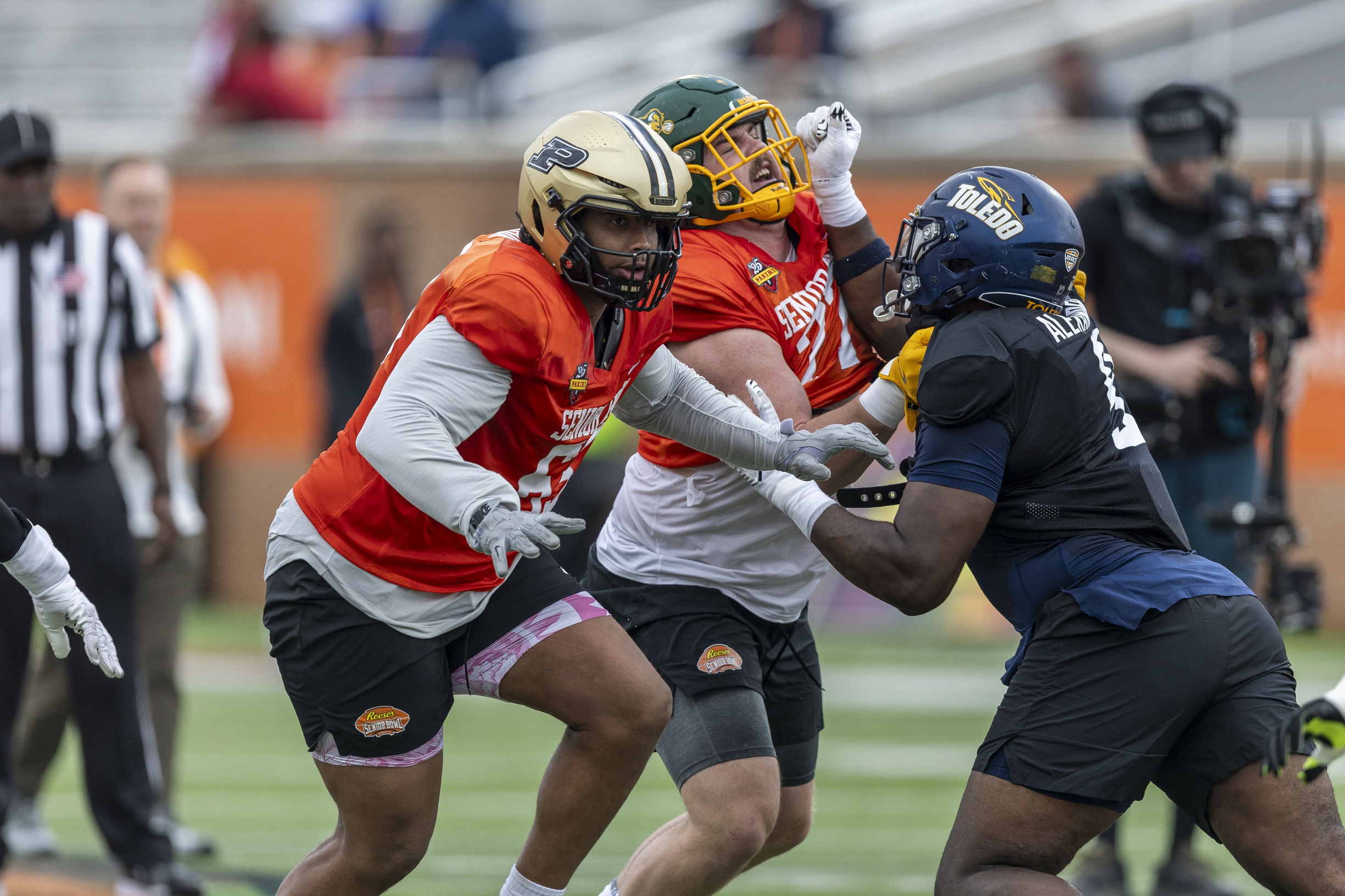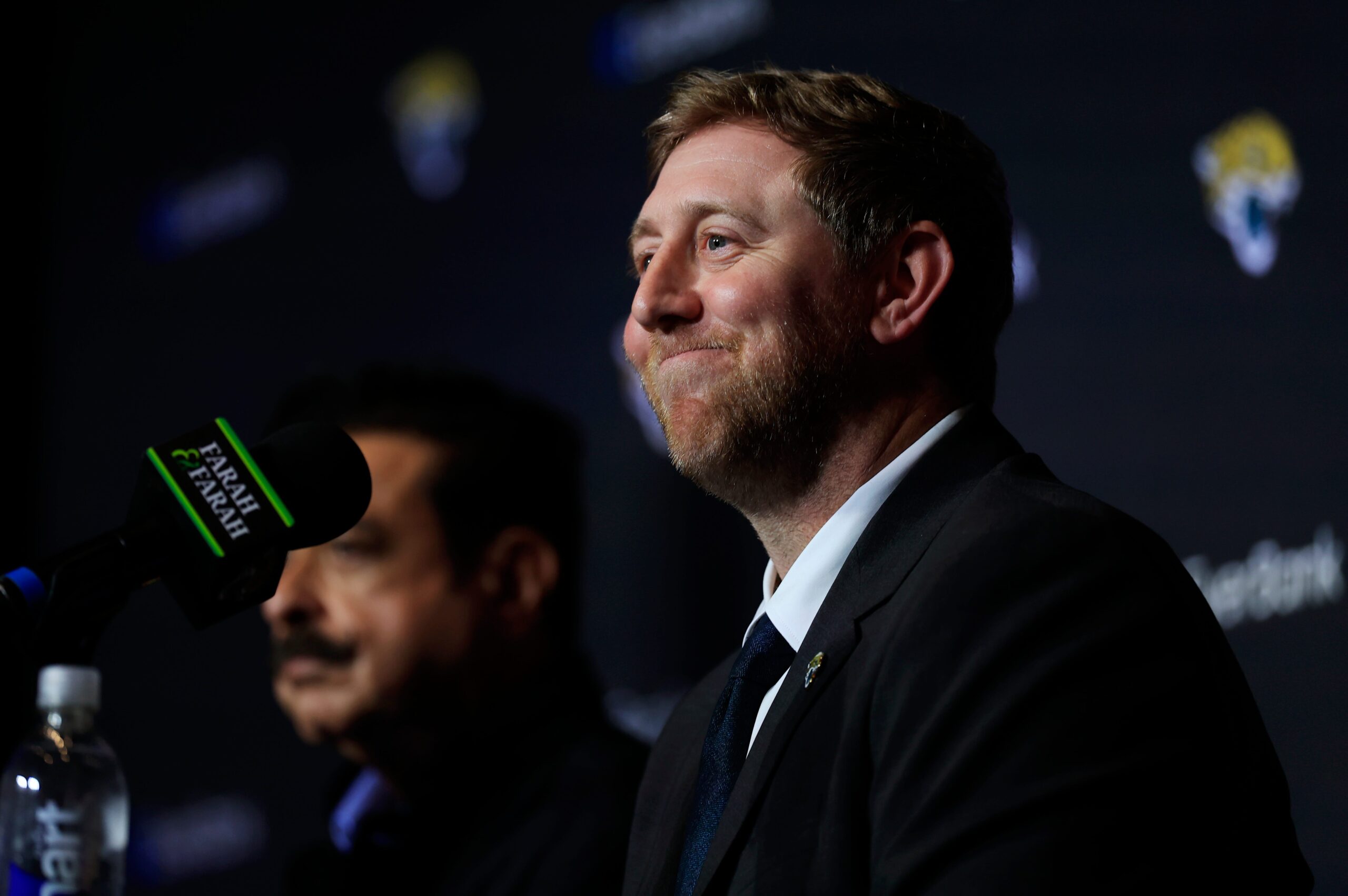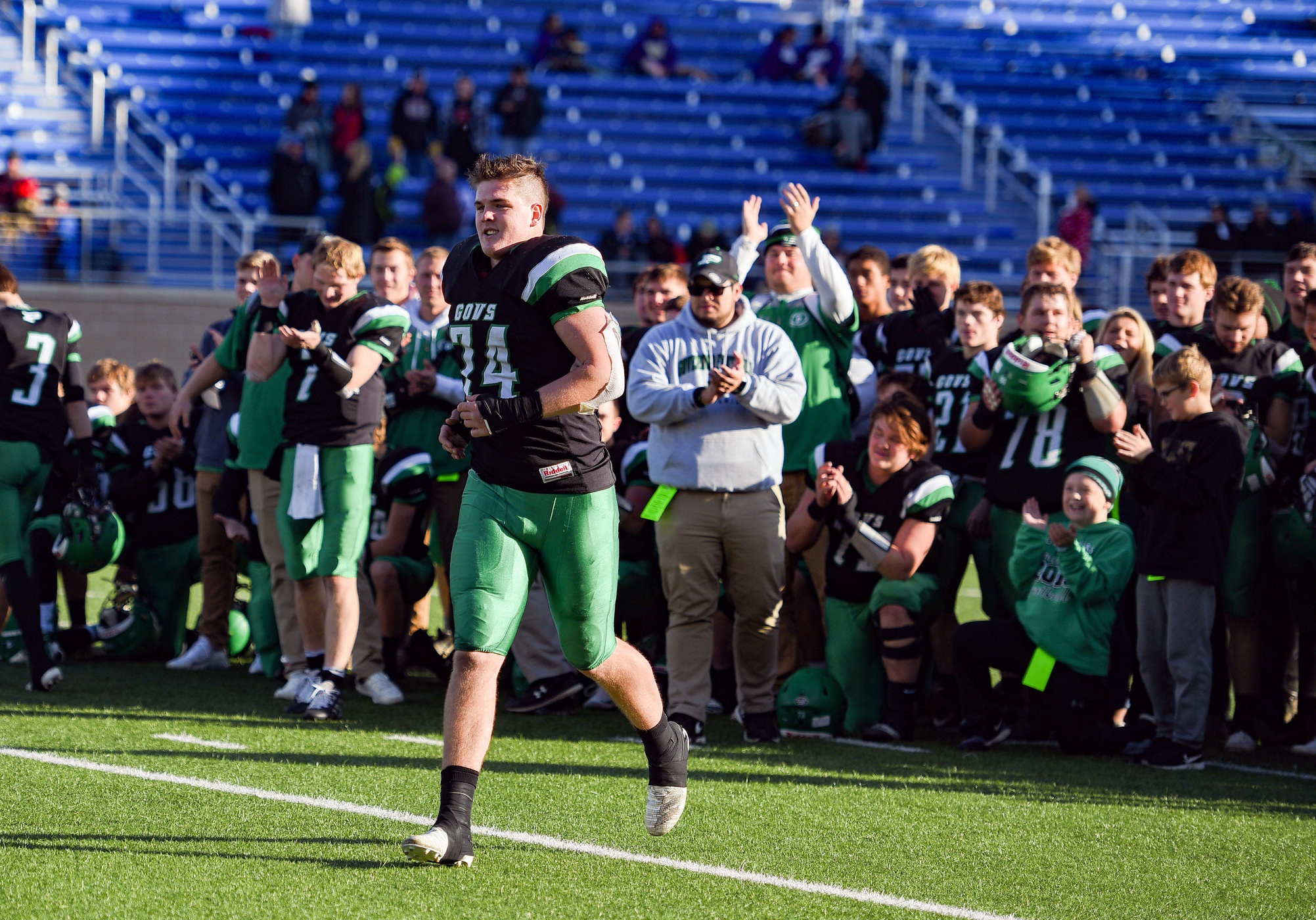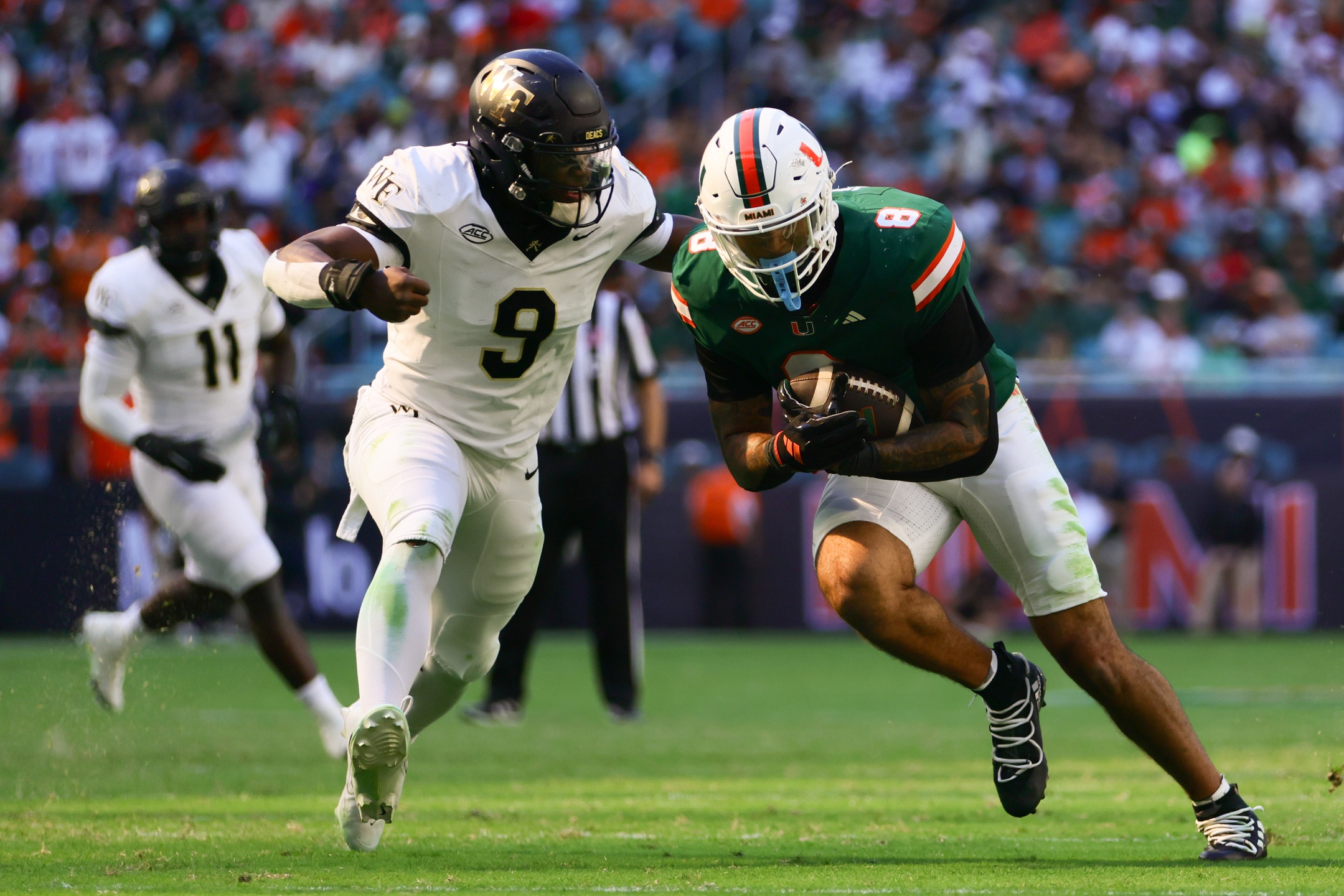NFL Analysis
2/6/24
8 min read
2024 NFL Draft: Player Comparisons For Top 5 RBs

The 2024 running back class lacks top-end talent, but there are a lot of quality running backs that can be had on Day 2 and Day 3.
But how do these running backs stack up compared to former and current NFL runners? Here are our best comparisons for the top five running backs in this year’s draft:
Running Back Comparisons
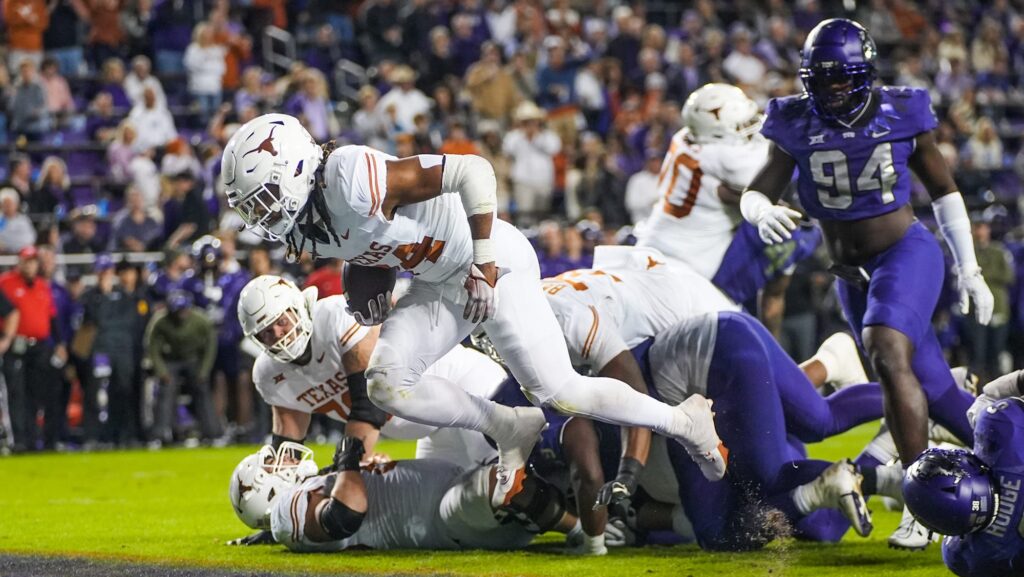
Jonath0n Brooks, Texas — Aaron Jones, Green Bay Packers
Jonathon Brooks is widely believed to be the top running back in the 2024 NFL Draft and is expected to be picked somewhere in the first 70 picks. Brooks took over the Longhorns' lead role after Bijan Robinson and Roschon Johnson left for the NFL a year ago. He was incredible as a first-time starter in 2023, racking up 1,425 yards and 11 touchdowns in 11 games.
>>READ: 2024 NFL Draft Big Board
One of Brooks' best traits is his patience. Too often, college running backs want to get downhill as fast as possible. But that's not Brooks. He'll set up his blocks and wait for the hole to develop. He does an excellent job making strong cuts and is decisive once he sees the lane open.
His game is reminiscent of a younger Aaron Jones, a do-it-all running back for Green Bay. While he isn't the more powerful or athletic runner, Jones was incredibly efficient and effective for the Packers because he always found the open lane. Even the way Brooks moves and glides on the field looks a lot like Jones, as his running style can best be described as “smooth.”
Another reason why this comparison makes so much sense is their versatility. Like Jones, Brooks is a weapon in the passing game, averaging 11.4 yards per reception last season. He never comes off the field and can play in any situation.
The big knock on Brooks is his health. He tore his ACL late in the season, which puts Week 1 in jeopardy. But in terms of him as a prospect, Brooks projects as a starter with a lot of upside.
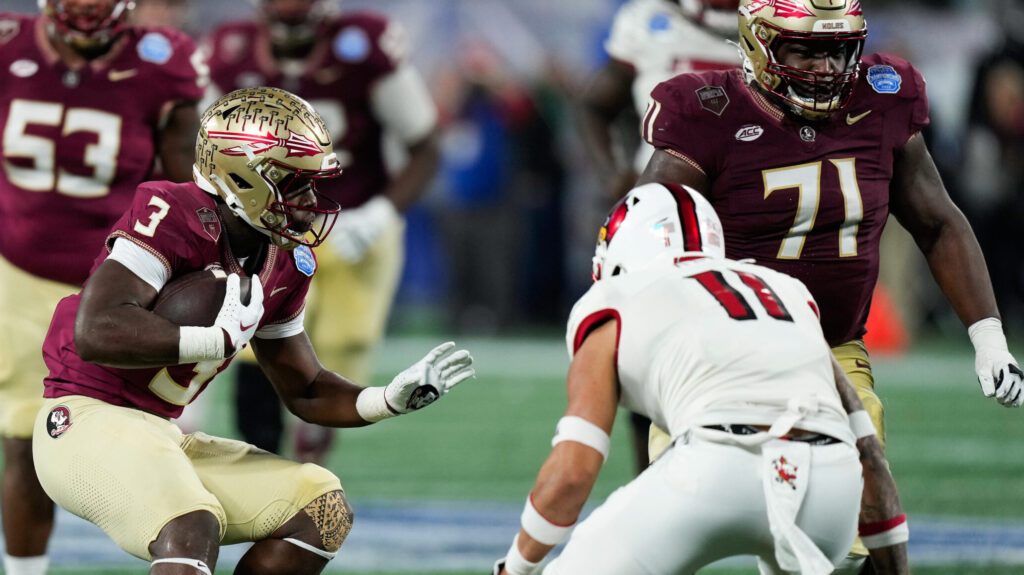
Trey Benson, Florida State — Josh Jacobs, Las Vegas Raiders
In terms of body type, Trey Benson looks a bit like former Jaguars RB T.J. Yeldon. He’s tall and high-cut, which is an unusual build for running backs. However, Benson gets away with it because he is so difficult to bring down on first contact.
That is why our comparison is Josh Jacobs, one of the NFL's top running backs at winning after contact. Benson is the best running back in this class at dragging defenders an extra yard or two because of his power. He’s not the most creative runner, but his aggressive style will endear him to coaching staffs. He has no quit, and he's willing to sacrifice his body for that extra yard.
Like Jacobs coming out of Alabama, Benson doesn't have a lot of wear and tear. Despite being a four-year player in college, Benson has just 349 career touches. Jacobs had just 299 in college because he was never a full-time starter, playing behind Damien Harris.
Benson projects as a three-down running back whose best football is still ahead of him. Get him on the right team and with a good offensive line, and you will immediately see high-end production.
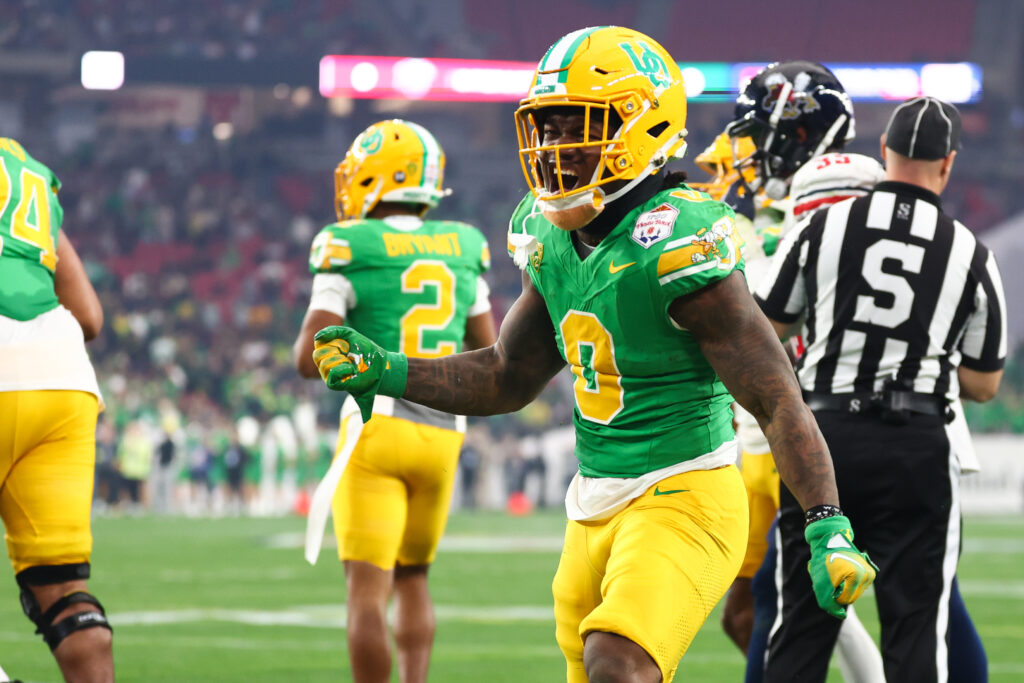
Bucky Irving, Oregon — Ahmad Bradshaw, New York Giants (retired)
Bucky Irving’s NFL role will be as a high-end scatback who can thrive in the passing game. While he showed impressive contact balance at Oregon, he is expected to measure 5-foot-9 and less than 200 pounds. Those measurements will cause most teams to view him as a part-time player rather than an every-down back.
The good news is Irving can be an incredibly productive player. He makes defenders miss with ease and is among the most efficient backs in the class. Irving averaged a whopping 6.5 yards per rush at Oregon on 342 carries. He is a creative runner and always has his sights on a big play.
The biggest knock with Irving (other than his size) is his pass protection. He wasn't asked to do it a lot at Oregon. When he did, it was an issue. Irving is such a phenomenal receiver he might not be asked to do it a ton in the NFL. During his last two seasons, Irving recorded 86 receptions for 712 yards and five touchdowns.
That’s why our comp for Irving is Ahmad Bradshaw, a key player for the New York Giants in two Super Bowl seasons. Bradshaw wasn't very big, but he was excellent at bouncing off tackles and weaving his way through traffic. The Giants always tried to pair him with a bigger back (Brandon Jacobs) to avoid using him in short-yardage situations. Still, Bradshaw ended up being the more dynamic and impactful player.
Irving could have a similar role, as a dynamic weapon in the passing game and a highly efficient runner. Smart organizations will want to limit his overall workload and spare him from the pounding of short-yardage. But his quickness, balance and vision could immediately allow him to be a successful player.
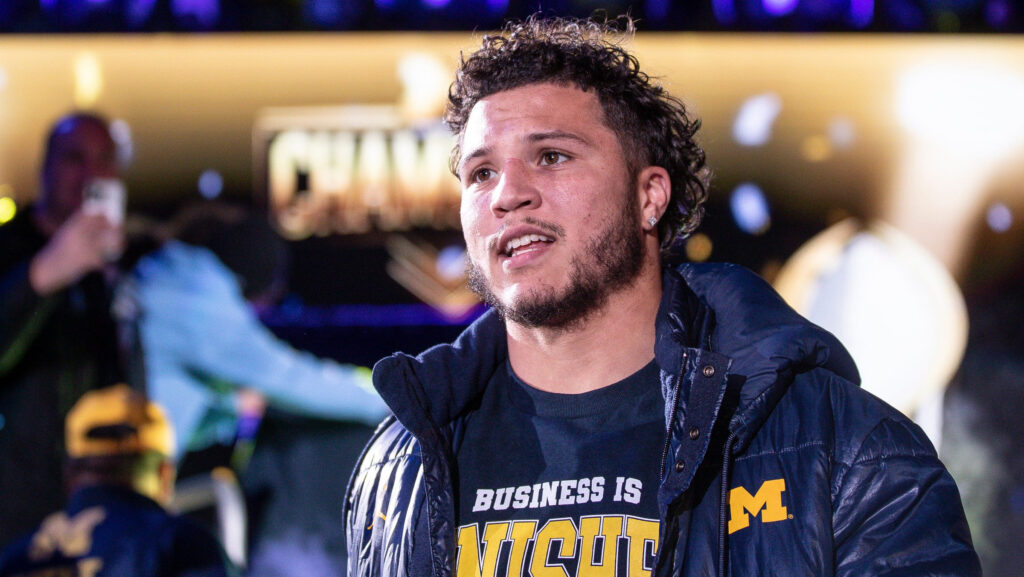
Blake Corum, Michigan = Khalil Herbert, Chicago Bears
Blake Corum is one of the most decorated and productive running backs coming out of the college ranks this year. He was the heart and soul of Michigan and a big reason it won the National Championship.
However, Corum isn’t a top-ranked back entering the draft. That doesn’t mean he won’t be productive. Corum is expected to measure under 5-foot-8, but more than 210 pounds. He is a bowling ball, who has fantastic vision and outstanding play speed.
Khalil Herbert of the Chicago Bears is a similar player when he’s been healthy. Physically, he isn’t imposing, measuring 5-foot-8 and 210 pounds. But his acceleration and ability to find the open hole have allowed him to be a productive running back. Both players can get so low to the ground on their cuts, which makes them extremely difficult to tackle in the open field.
Look for Corum to be selected higher than Hebert but to be a starting caliber running back at the next level. Corum could fall a bit due to his lack of size and his heavy college workload, but there is no doubt he will be a functional player right away.
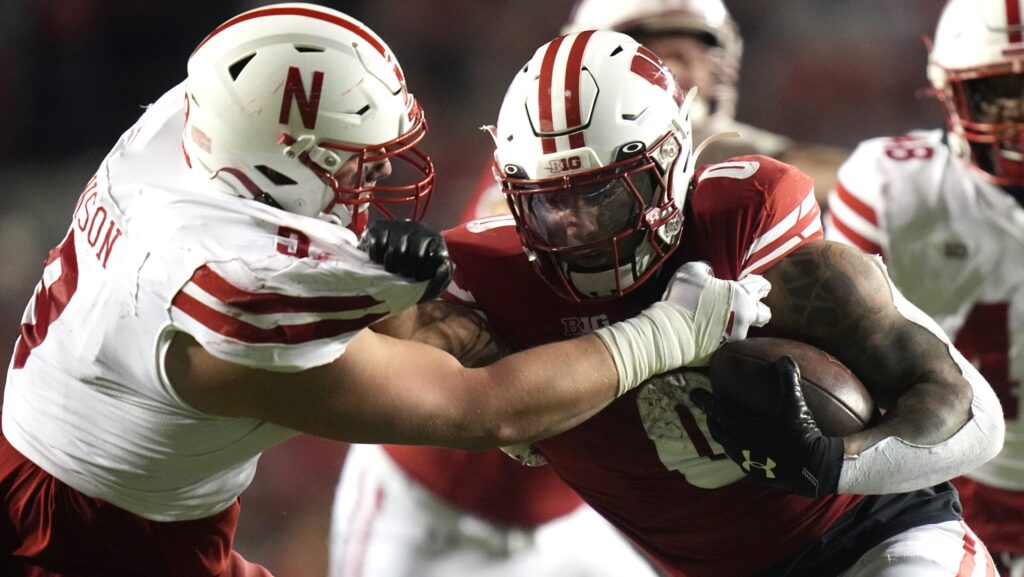
Braelon Allen, Wisconsin — A.J. Dillon, Green Bay Packers
The list of running backs who are more than 240 pounds and run a sub 4.55 40-yard dash is small. That is why finding a perfect comparison for Braelon Allen is difficult. But the player he is most similar to in the NFL is A.J. Dillon.
Coming out of Boston College, Dillon ran an incredible 4.53 40-yard dash at 247 pounds. Allen is widely expected to post similar numbers at the NFL Combine later this month. Both have exceptional contact balance and run through arm tackles via their lower-body strength. Allen is a punishing runner who constantly seeks out contact and wants to overwhelm smaller defenders.
The biggest weakness for both players is their overall foot quickness, which can be a problem if they are behind an offensive line. They need a little space to get going, and both function better with the quarterback under center rather than in shotgun.
One of the things that separates Allen from Dillon is the receiving game. Allen improved as a receiver over the last year at Wisconsin, catching 28 passes. No one will mistake him for Christian McCaffrey as a receiver, but he is functional on screens, flat routes, etc.
Dillon had 21 career catches at Boston College but improved a little once he got into the NFL. Allen is also the better pass blocker coming out of school, which could help him get on the field in more passing situations than Dillon right away.
Allen isn't a perfect back, and you'll want to pair him with someone who is quicker and has more passing-game prowess. But he can be a between-the-tackle banger who can occasionally bust runs with his long speed.






